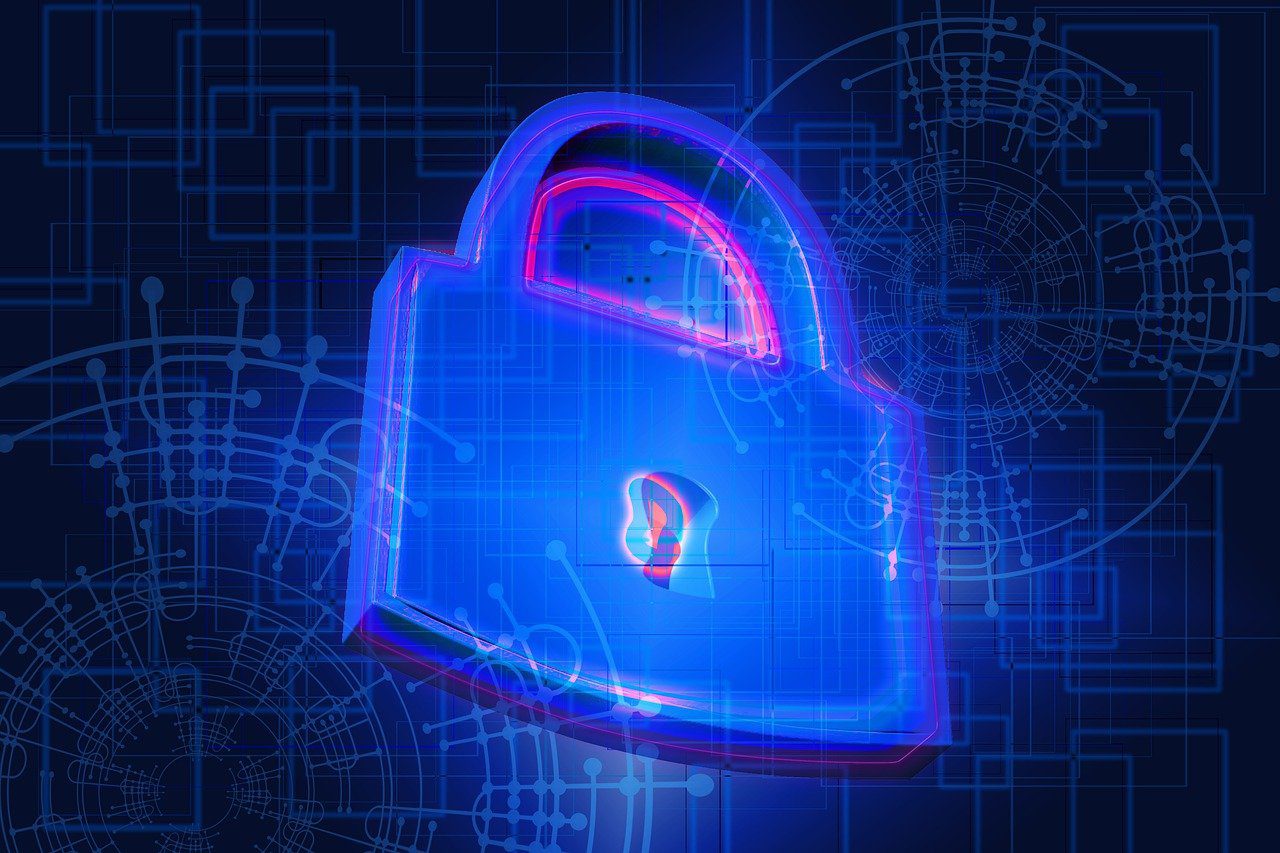
Currently, cyber threats are one of the key challenges businesses and critical infrastructure face. Technological development is also followed by an increase in the number of attacks forcing companies to look for new ways of protection. In total, there were over 40,000 new vulnerabilities registered in 2024. This means that your infrastructure may face hundreds of potential risks within 24 hours. MODUS X, one of the leaders in cybersecurity, offers solutions based on real-world experience, which have proved their efficiency when protecting DTEK’s infrastructure.
Modern cyberspace challenges: the main threats to business
Cyberspace is becoming more complicated, and hundreds of new vulnerabilities registered every day prove that companies must be prepared for unpredictable threats.
One of the most serious challenges is zero-day attacks. They are dangerous due to the lack of ready-made protection solutions, therefore, attackers get access to vulnerable systems. No less dangerous are DDoS attacks targeted at critical services of companies, causing them to cease their operations.
Special attention should be paid to threats related to social engineering. Artificial intelligence allows attackers to create highly accurate customized attacks targeted at weaknesses in personnel activities.
Therefore, modern cyberspace requires businesses not only to ensure technological solutions but also to implement a systematic approach to raising employee awareness of potential risks. Given the context, solutions from MODUS X play an important role as they are a combination of automatic performance, real-time monitoring, and integration with global threat analysis systems.
How MODUS X sets reliable cyber protection: experience implementing solutions for DTEK
DTEK Group, the largest energy holding in Ukraine, has successfully implemented cutting-edge solutions to protect its infrastructure supported by MODUS X. Key achievements of this collaboration:
- Regular monitoring. Constant monitoring of events ensures a quick response to potential threats.
- Response time optimization. Automatic performance significantly reduces incident response time.
- Protection from DDoS attacks. The solutions effectively block attacks targeted at energy infrastructure, thus ensuring its stability.
Why traditional approaches to cybersecurity are no longer effective
Modern cyberspace challenges have proved the limitations of such traditional vulnerability management methods as scheduled scanning and manual data processing. These approaches no longer ensure a proper level of protection due to certain issues.
At first, scheduled scanning makes organizations vulnerable between scans, as critical threats may be present in the system for a long time before being detected. This poses significant risks, especially in an environment with new threats emerging every day. Secondly, non-availability of a prioritization system makes all threats be treated equally, regardless of their significance. As a result, resources are wasted on insignificant threats, while real risks are left without due attention.
Instead, MODUS X offers innovative solutions based on process automation and risk prioritization systems. This approach allows companies to focus on neutralizing the most dangerous threats, which significantly increases the protection efficiency and optimizes resources.
Basics of modern vulnerability management: key principles
Nowadays, proper vulnerability management is based on several key principles that allow companies to adapt to the rapidly changing cyberspace.
- The first principle is constant monitoring. It ensures the timely detection of new vulnerabilities, thus reducing the risks of significant incidents.
- The second principle is process automation. It minimizes the human mistake factor and significantly speeds up the response to potential threats.
- The third important aspect is threat prioritization. It allows security teams to focus on the most critical vulnerabilities by optimizing resources and reducing the time spent dealing with less significant risks.
Integration with Threat Intelligence is no less important. Regularly updated threat information allows companies to adapt protection strategies to reality and ensure a proactive approach to cybersecurity.
These principles make the basis for setting up a sustainable protection system that meets modern challenges.
How MODUS X uses Threat Intelligence to protect businesses
MODUS X proved the efficiency of Threat Intelligence integration when cooperating with DTEK. This approach allowed us to create a reliable barrier against modern attacks.
Threat Intelligence tools ensure constant analysis and data updates on potential threats, which allows companies to quickly adapt their protection strategies to new challenges. As to DTEK, integration of these solutions ensured not only timely detection and blocking of attacks but also increased the overall system resilience to cyber threats.
The case proves that a proactive approach based on cutting-edge technologies is key to ensuring cybersecurity in a modern dynamic environment.
Practical recommendations for businesses
Based on many years of experience in the field of cybersecurity, MODUS X recommends companies the following to improve their protection:
- Implement continuous infrastructure scanning. This will ensure timely detection of new vulnerabilities and reduce the risk of attacks.
- Use automated performance. Modern tools will help speed up response processes and minimize the human mistake factor during emergencies.
- Focus on risks prioritization. Based on VPR (Vulnerability Priority Rating) indicators, companies may effectively allocate resources to eliminate the most significant threats.
- Invest in security teams training. Trained professionals who know how to deal with modern technologies are the key to the successful elimination of cyber threats.
These approaches will help businesses stay one step ahead of cybercriminals and ensure reliable protection of their infrastructure.
MODUS X expertise in cooperation with DTEK Group proves the efficiency of modern approaches to vulnerability management when protecting critical infrastructure. Proactivity, process automation, and integration with cutting-edge technologies are the basics for the successful elimination of cyber threats.
Cutting-edge security technologies allow for stable business operations and development given ever-increasing risks. If implemented, these approaches allow companies to remain competitive and ready for the challenges of the modern world.